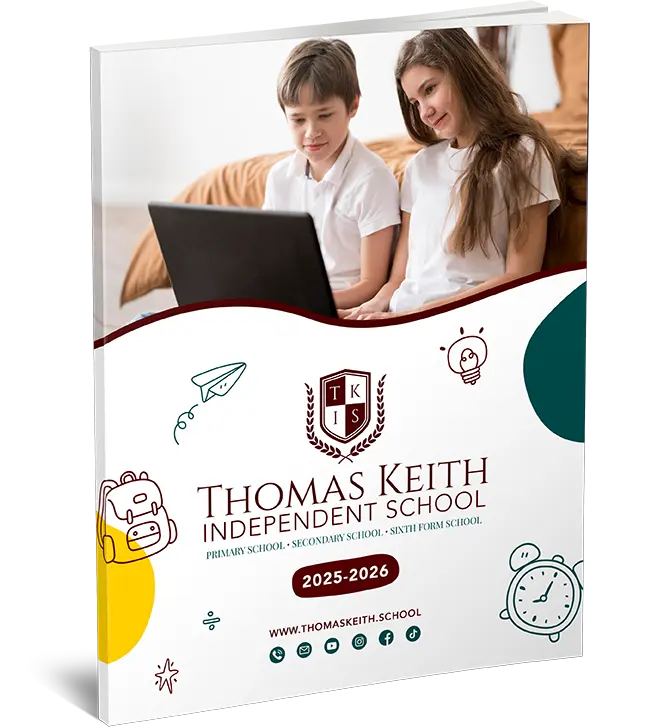Adverbs KS1 And KS2
Adverbs are an essential part of learning English, especially in Key Stage 1 (KS1) and Key Stage 2 (KS2). They add detail to sentences, explaining how, when, where, or why actions happen. This guide will explain adverbs for KS1 and KS2 students clearly and straightforwardly, with examples and practical applications. An example of Thomas Keith Online Independent School will also be included.
What Are Adverbs?
Adverbs are words that describe verbs, adjectives, or other adverbs. They often answer questions like:
- How? (e.g., quickly, softly)
- When? (e.g., yesterday, often)
- Where? (e.g., outside, nearby)
- To what extent? (e.g., very, completely)
Adverbs in KS1
At KS1, students are introduced to simple adverbs, focusing on:
- Adverbs of Manner: Describe how something happens.
- Examples: He ran quickly. She smiled happily.
- Adverbs of Time: Indicate when something happens.
- Examples: He arrived yesterday. They play often.
- Adverbs of Place: Show where something happens.
- Examples: She looked outside. They sat nearby.
Activities for KS1:
- Use pictures to create sentences with adverbs.
- Identify adverbs in short stories or sentences.
Adverbs in KS2
At KS2, students learn more types of adverbs and how to use them effectively. This includes:
- Adverbs of Frequency: Indicate how often something happens.
- Examples: She always studies. He rarely forgets.
- Comparative and Superlative Adverbs: Compare actions.
- Examples: She ran faster than him. He finished his work the quickest.
- Adverbs of Degree: Show the intensity of an action.
- Examples: She was very tired. He almost finished.
Activities for KS2:
- Rewrite sentences using different adverbs.
- Create a story using a list of adverbs.
Teaching Adverbs Online: Example of Thomas Keith Online Independent School
Thomas Keith Online Independent School uses engaging online lessons to teach grammar, including adverbs. They incorporate:
- Interactive Exercises: Students identify adverbs in sentences and classify them.
- Writing Tasks: Pupils write short stories using specific adverbs.
- Quizzes and Games: To reinforce understanding of adverbs.
This approach ensures students grasp the concept of adverbs in a fun and interactive way.
FAQs
- What is the main purpose of an adverb?Adverbs provide additional information about verbs, adjectives, or other adverbs, explaining how, when, where, or to what extent something happens.
- How can KS1 students learn adverbs?Through simple activities like matching adverbs to pictures or identifying them in short sentences.
- What’s the difference between adverbs in KS1 and KS2?KS1 focuses on basic adverbs (manner, time, place), while KS2 introduces more types, including frequency and degree.
- Can adverbs make writing better?Yes, they make sentences more detailed and interesting.
- How does Thomas Keith Online Independent School teach adverbs?Through interactive lessons, writing tasks, and quizzes that engage students in learning grammar.




